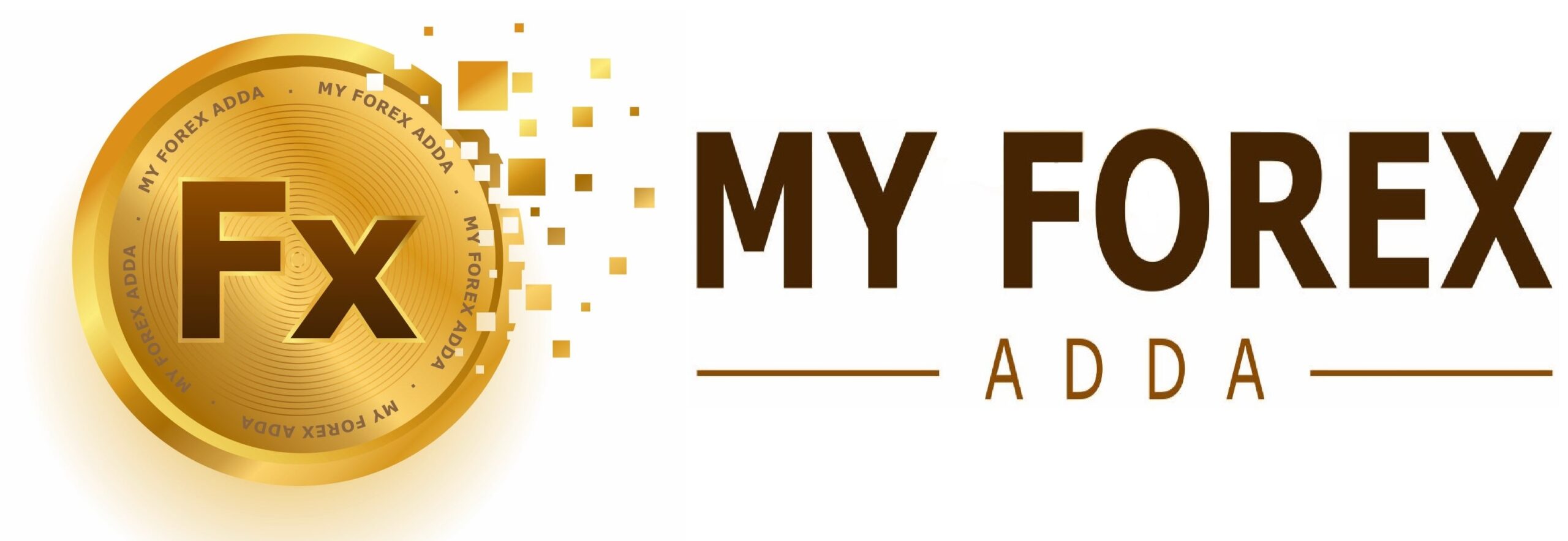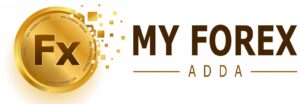On Friday, the dollar was set for its strongest week in over a month, bolstered by expectations of fewer rate cuts from the Federal Reserve and anticipation that Donald Trump’s upcoming policies could further drive inflation once he assumes office in January.
The greenback hovered near a one-year peak against a basket of currencies at 106.81 and was on track for a weekly gain of 1.76%, which would be its best showing since September.
Sterling, meanwhile, was headed for its steepest weekly drop since January 2023 at around 2%, though it last ticked up 0.06% to $1.2676.
The euro was near a one-year low at $1.0541 and was set for a weekly decline of 1.67%, its largest in over a month.
Fed Chair Jerome Powell commented on Thursday that the central bank need not rush into cutting rates, pointing to strong economic growth, a resilient labor market, and persistent inflation as reasons for a cautious approach to easing policy.
Following these remarks, traders adjusted their expectations, reducing bets on the pace and scale of future U.S. rate cuts. Fed funds futures now reflect expectations for only 71 basis points of rate reductions by the end of 2025, and the likelihood of a 25-basis-point cut next month has dropped to 48.3% from 82.5% a day prior, according to the CME FedWatch tool.
“Markets took Powell’s comments at face value, scaling back expectations for FOMC cuts,” said Carol Kong, currency strategist at Commonwealth Bank of Australia. “Markets are also looking at President Trump’s policy outlook, which could support further gains for the U.S. dollar in the near term.”
President-elect Trump’s incoming administration is expected to introduce higher trade tariffs and tighter immigration policies, which could spur inflation and lead the Fed to slow its easing cycle over the long term.
Increased expectations for deficit spending are also raising U.S. Treasury yields, providing additional support to the dollar.
The yen remains under pressure amid the dollar’s rally, slipping 0.1% to 156.39 per dollar and heading for a weekly drop of 2.4%. Since peaking in September, the yen has fallen nearly 11%, recently breaching the 156 per dollar level for the first time since July.
“The pace of the yen’s decline is becoming a concern. After an 11% drop against the dollar over two months, we may be nearing the point for intervention,” Kong from CBA said.
The Bank of Japan announced on Friday that Governor Kazuo Ueda will hold a speech and news conference on Monday, an event that markets will closely monitor for any indications of a possible rate hike next month.
Elsewhere, the Australian dollar was up 0.12% to $0.6462 but was set for a 1.85% weekly loss, its worst in four months. The New Zealand dollar was also eyeing a weekly drop of 1.8%, though it rose 0.19% to $0.5860, remaining close to a one-year low.
The two Antipodean currencies, often used as liquid proxies for the yuan, showed little reaction to economic data from China indicating slower growth in factory output for October. Signs of a turnaround in the troubled property sector remain uncertain, despite some consumer activity gains.
China’s onshore yuan weakened against the dollar to 7.2234, marking its seventh consecutive weekly decline—the longest such streak since 2021.
In the cryptocurrency market, bitcoin dipped below $90,000 as investors took profits after a significant rally. The world’s largest cryptocurrency surged nearly 30% over two weeks, spurred by optimism for more favorable U.S. regulations under Trump’s administration, potentially ushering in growth across the asset class.
However, some remain cautious about Bitcoin’s rapid rise and volatility.
There are several converging risk factors. With crypto at all-time highs, both FOMO and risks are equally elevated,” said Joshua Chu, co-chair of the Hong Kong Web3 Association. “Non-institutional investors chasing this rally are facing considerable risks, especially in light of the traditional profit-taking rules.





